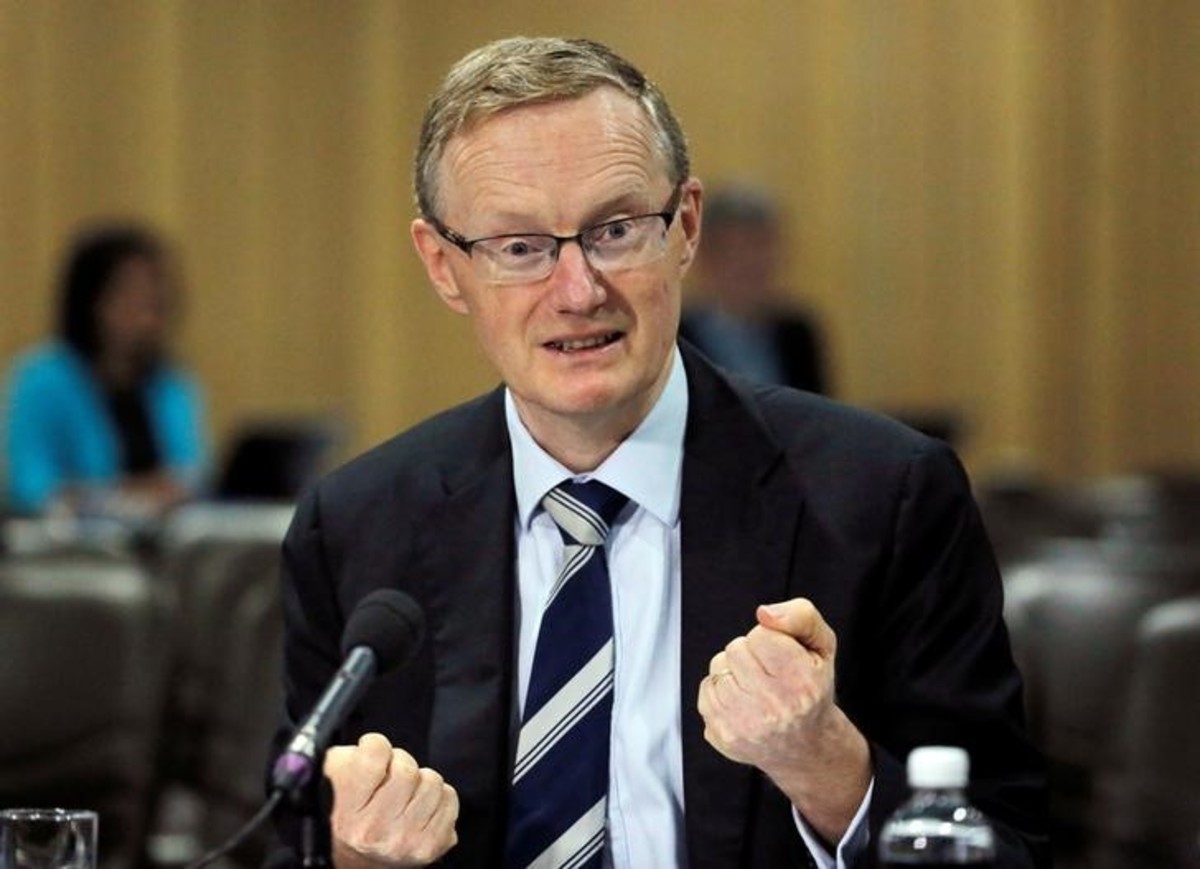
SYDNEY, Feb 9 (Reuters) - Australia's central bank sees unemployment falling a little faster than expected but still doubts core inflation will reach the floor of its 2-3 percent target band until mid-2019, a strong signal that rates won't be rising for a long time to come.
In its 69-page statement on monetary policy on Friday, the Reserve Bank of Australia (RBA) predicted the jobless rate would slip to 5.25 percent by mid-2018 and stay there until 2020.
In November, it had forecast unemployment would stay at 5.5 percent until mid-2019.
Forecasts for domestic output growth were largely unchanged from the November statement, while underlying inflation is seen not reaching 2.25 percent until mid-2020. “Inflation remains low and this is likely to continue for a while yet,” Governor Philip Lowe said.
“It will be some time before the economy reaches current estimates of full employment and inflation returns to the mid-point of the target.”
Inflation has remained below the RBA’s target for more than two years and was the single biggest reason the central bank cut interest rates to an all-time low of 1.50 percent in August 2016. “Accordingly, at its recent meetings the Reserve Bank Board has judged that holding the cash rate at its current level was consistent with sustainable growth in the economy and achieving the medium-term inflation target.”
Just this week, Lowe told a dinner event that the RBA Board did not see a "strong case" for a rise in rates in the near term.
The RBA is confident growth in the A$1.7 trillion economy will accelerate above 3 percent over the next couple of years, aided by a broad-based pick-up in global growth, higher commodity prices and government spending on infrastructure.
Corporate profits are surging while measures of business confidence and condition are strong as the drag from the end of a once-in-a-generation mining boom wanes. All that has led to a surge in employment with annual jobs growth of 3.3 percent, much faster than the 1.6 percent rise in population and more than twice the pace of U.S. job creation.
The RBA expects the labour market to expand further, but still sees spare capacity lingering well into 2020.
“It is unclear how much any decline in spare capacity will translate into building wage pressures,” the RBA said.
This uncertainty affects: “the outlook for inflation and household income growth, which is a key driver of consumption and therefore the GDP growth forecast.”
Australian shoppers have tightened their purse strings, holding back on purchases of everything from clothing and footwear to television and kitchen appliances, as they battle stagnant wages, rising utility bills and high indebtedness. Yet, the bank is also loathe to ease policy further as lower rates would likely only fuel further borrowing in the property market.







